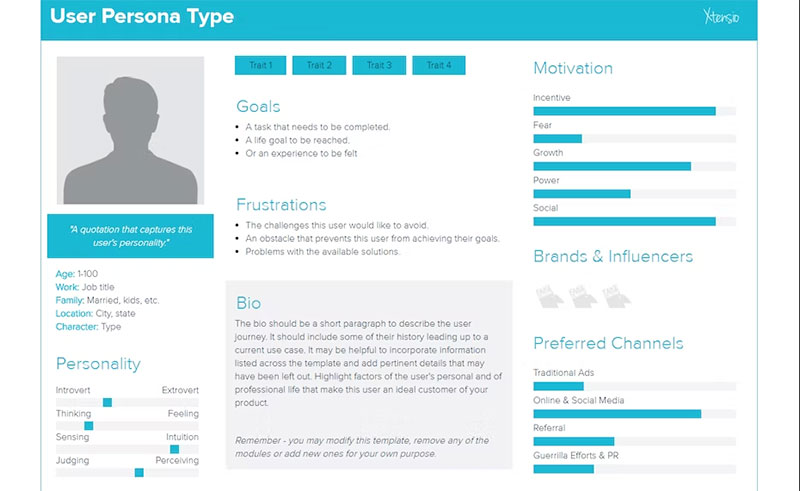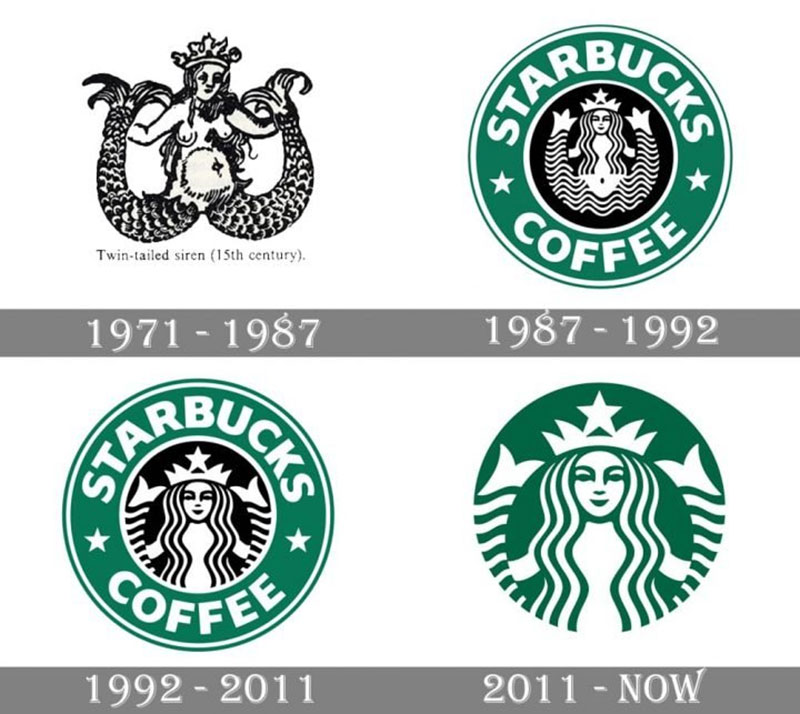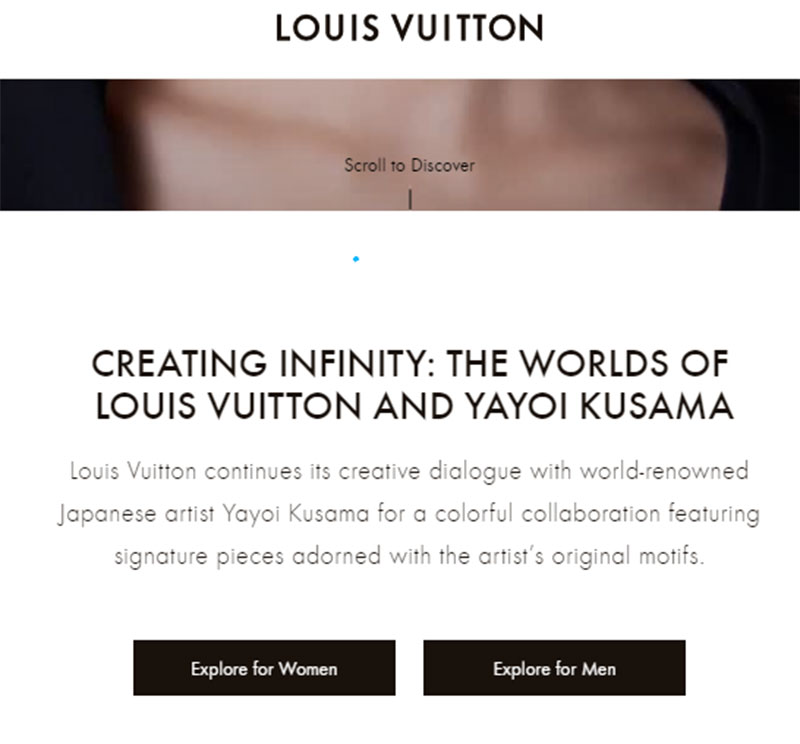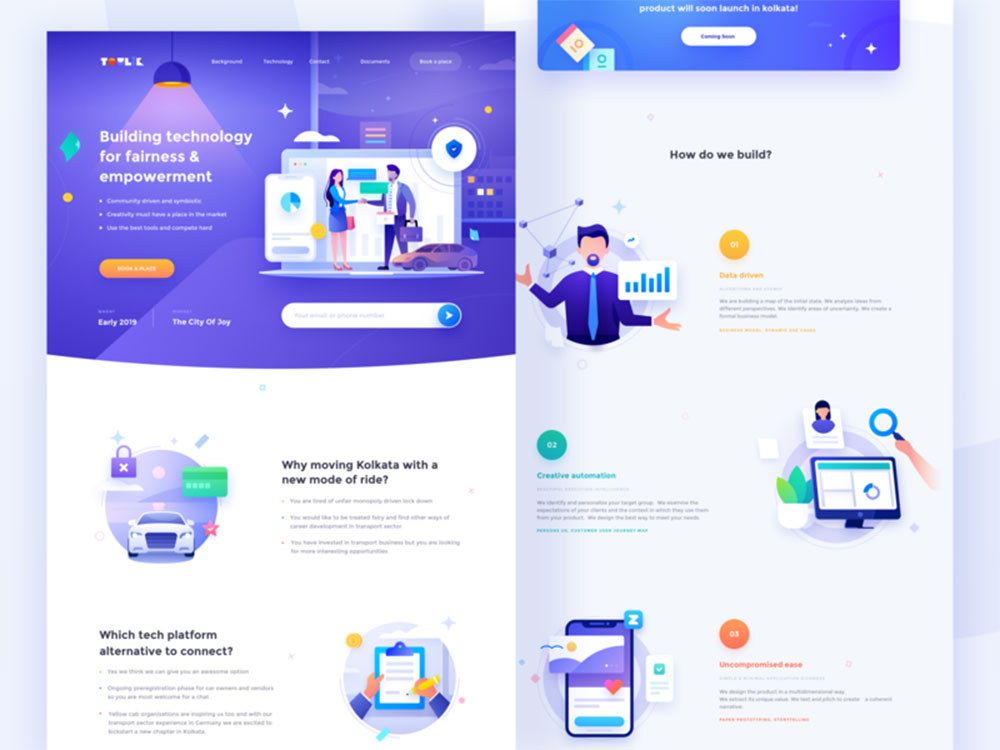How to Develop a Comprehensive Digital Branding Strategy

Digital branding is the process of creating and establishing your brand image across online channels. As a graphic design business, you need digital branding to stand out and increase your chances of success. With good digital branding, you can have more online presence, customers, and customer loyalty.
But how do you achieve good digital branding? Through digital marketing strategies.
Follow these steps to develop a comprehensive digital branding strategy for your graphic design business:
1. Define the brand and know the target audience
To create a strong identity for your business, you need to define your brand. For this, define your brand, and identify your mission, vision statement, and values. What do you stand for? Are you like Apple which values technology and innovation? Or maybe you’re like Rolex who values reliability?
Once you know who you are, determine your personality. Your brand personality shouldn’t depend entirely on your preference. You also need to consider your target audience. Think about it. If your target audience doesn’t like the fact that you’re a serious brand, do you think they’d avail of your services? Not really.
There are ways to know more about your customer base as part of your digital strategy. You can use market research, customer surveys, or focus groups to create detailed buyer personas. Here’s a sample template:

Once you know your target audience’s interests, you can determine the traits you want people to associate with your brand.
Let’s take our example above. Based on your customer persona, your target audience likes to think more than feel. Therefore, a graphic design business that’s serious and is an authority in the field—not one that’s fun and quirky—is probably the best brand personality for you.
2. Establish the visual identity and brand voice
The next step is to determine the visual elements that comprise your chosen brand personality. So, in our example, you’ve determined you want people to see your graphic design business as a serious brand and an authority figure. That means neutral colors are probably your best bet. Check out the Apple Watch logo as an example:

You want to use fonts like Apple’s customized San Francisco font above to connote trustworthiness as well.
If you decide you want to be seen as an authority but relatable brand at the same time, your logo design could use a humanist font and neutral colors like the one below. You can see the DesignCuts font, like the Apple Watch font, also exudes authority. But its softer strokes that resemble human writing strokes make it less intimidating to look at:

Note, though, that determining your visual identity doesn’t just mean determining your logo, color palette, and typography. The visual elements of a brand also include imagery, graphics, and layout. That means you need to specify what these are based on your chosen personality, too.
For instance, although Starbucks’ logo has evolved over the years, the siren remained its main component. Starbucks chose this type of imagery to showcase its fun personality. There’s a backstory to the “siren,” too. It symbolizes Seattle, the port city where Starbucks originated, and the primary way coffee is delivered to the stores: via ports in big container ships.

You should also determine your brand voice based on your chosen brand personality. So, if you want to be a serious and authoritative brand, a formal tone is better for you.
Check out the Louis Vuitton site, for instance. You’ll see that its copy aligns with its personality as a serious and authoritative brand:

The language it uses is straightforward. The brand also avoids slang or exclamation points that connote an easygoing nature.
Make sure your visual identity and brand voice are consistent across all digital channels. This is key to brand recognition. If you reinforce the fact that specific visual and language elements convey you, your target audience will end up associating those elements with you. The next time they see marketing collateral with a formal language tone, and neutral colors, for instance, they’ll remember your business.
Here’s an example of this visual and brand voice consistency in play across platforms. Here’s Coca Cola’s website:

Now check out its Twitter account:

Here’s its Instagram account:

Notice the use of the company’s classic red and white colors and the same language tone across social media platforms?
This consistency should also be found in your other marketing collateral, whether offline or online. So, your business flyers or digital business cards should have the same visual elements.
To ensure this consistency throughout, create a style guide. The more specific your style guide, the better.
Always find ways to reinforce your visual identity further as well. For instance, on your flyer, include links to your social media accounts with the same look and feel. You can also add your website link to your digital business card to reinforce the same visual identity. You can choose from the list of best digital business card solutions available today.
3. Develop a content strategy
A content strategy governs the types of content you’ll create and your strategies for distribution. The goal is to create content people will consume so you can reinforce your branding. For this to happen, again, all your content should have the same brand voice and visual elements you already defined.
Determining the piece of content to create isn’t that hard. Consider your target audience preferences again.
Based on our audience persona example (again, they think more rather than feel), your target audience will probably want:
- blog content
- how-to videos
- Webinars
Your content’s umbrella topic should be graphic design since you’re a graphic design business. People who consume a blog post on “How to design a book cover” are more likely to avail of your services, after all.
But what should your specific topic be? Go back to the interests of your target audience. Perform a competitor analysis, too. What content types are your competitors producing? Are there content gaps you can fill?
You’ll typically know what platforms to use for your content marketing once you’ve determined the types of content to create. For instance, for your authoritative blog posts, you’d need a website. Understanding the significance of using best web hosting for SEO is crucial in optimizing your content marketing efforts, especially if you plan to target through blog posts.
However, you should still check your audience persona again to determine whether there are other digital platforms you should have a presence in. So, based on our audience persona above, your audience spends a lot of time on social media. That means you should be on social media, too. Generative AI can be used to generate engaging and relevant content for social media platforms, keeping your audience connected and captivated. Not just this, you can even create high-quality blog posts on your website and establish your authority in the field of interest to your audience through the generative AI technology.
Finally, use a content calendar. It will help you organize your publication schedule.
4. Assess and adjust
You need to monitor your campaigns to ensure you’re reaching people with content that reflects your branding.
Use analytics tools like Meltwater or Ahrefs to track key performance indicators like website traffic. On social media, you can check out the social platform’s in-built analytics. Which posts have a high engagement rate? Which don’t get any likes?
You also want to see if you’re succeeding in branding yourself a certain way. For this, perform social listening on social media channels. Send surveys, too. Ask people how they feel when they see your logo or any of your other visual elements. Do their answers reflect what you were looking for? Do they see you as an authority or a fun brand now?
If they do, then great! Your digital branding strategy is working. If they don’t, go back to the drawing board and make some adjustments.
Conclusion
For your graphic design business to succeed, you should develop a comprehensive digital branding strategy.
You learned tips on how to do that. Define your brand and identify your target audience, develop a content strategy, and choose the right channels. Finally, measure and adjust.
Follow these tips, and your graphic design business will stand out.
Author’s Bio:
Claron is a brand nut. He has an unceasing curiosity about what brands do to break through the clutter to stay relevant to their audience. He also loves to explore how simple tech (QR Codes lately) can be used to improve customer experiences and consequently, scale up brands.
- Rainbow Color Palettes for Joyful Designs - 29 April 2024
- The Bethesda Logo History, Colors, Font, And Meaning - 28 April 2024
- Out of This World: Space Color Palettes for Cosmic Designs - 28 April 2024








